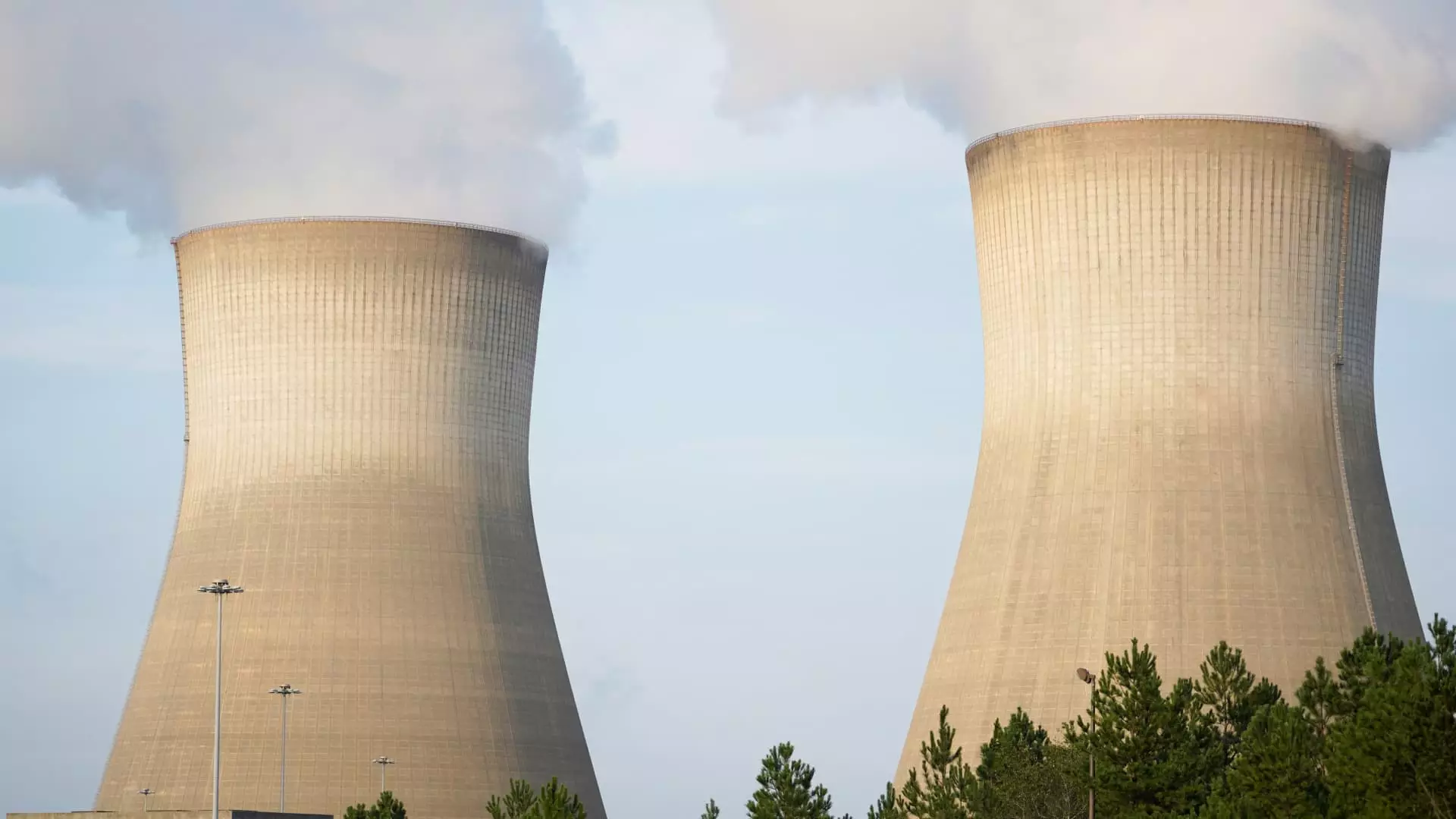The recent executive orders signed by President Donald Trump signaling a reinvigoration of the nuclear sector represent not just a policy shift but a radical departure from decades of hesitation surrounding nuclear energy. When the president announced initiatives aimed at revamping the Nuclear Regulatory Commission (NRC), the immediate ripple effects were striking. Stocks of innovative companies like Oklo and NuScale soared, experiencing staggering increases of 27% and 18% respectively. This is not just market volatility; it is a dramatic signal of investor enthusiasm for an industry long shrouded in skepticism and regulatory hurdles.
What many proponents view as a progressive step towards a more sustainable energy future, critics may label a reckless endorsement of an industry replete with haunting memories of accidents. The underlying question surfaces: is this hurried approach a reflection of desperation for energy solutions or a well-thought-out strategy for energy independence?
Rethinking Nuclear Energy’s Potential
While Trump’s focus may be on the optimistic picture of smaller, advanced reactors, it is imperative to consider the implications of his dichotomous support for both small modules and large plants. The emphasis on advanced reactor technology suggests a recognition of the need for a cleaner energy source as opposed to coal and natural gas. Yet, one cannot ignore the paradox present in this very pivot. Who benefits most from the swift approvals and the proposed mining expansions? The story may well be less about environmental responsibility and more about economic leverage, underwriting an industry more comfortable with political patronage than public perception.
With the NRC being pressurized to make decisions within an 18-month window, the potential for safety and environmental assessments to be sidelined looms large over this ambitious timeline. Moving towards a nuclear renaissance without comprehensive safety protocols could lead to disastrous consequences, echoing the shadows of past nuclear tragedies that still haunt public consciousness.
Economic Impacts and Future Directions
Moreover, the commitment to ramp up uranium mining and expansion of domestic enrichment capacity may initiate a troubling trend toward prioritizing short-term gains over long-term environmental stewardship—particularly when sustainable alternatives are increasingly available. This push could serve the greater needs of the federal government or large corporations but flies in the face of local community concerns connected to mining impacts and resource management.
While the optimism surrounding nuclear power is palpable in the corporate boardrooms and stock exchanges, the socio-political narrative surrounding it is far more complicated. This duality presents a significant challenge to those who aspire for a genuinely clean energy future. Are we on the cusp of a transformative energy solution, or are we merely revisiting the pitfalls of an industry ready to capitalize on a moment of political eagerness?
Through this politically charged atmosphere, the nuclear sector sits poised at a critical juncture, demanding a rigorous examination of its motivations and repercussions. As discussions grow increasingly polarized, the urgency becomes clear: we must advocate for a future where safety, innovation, and ecological consciousness converge seamlessly.

